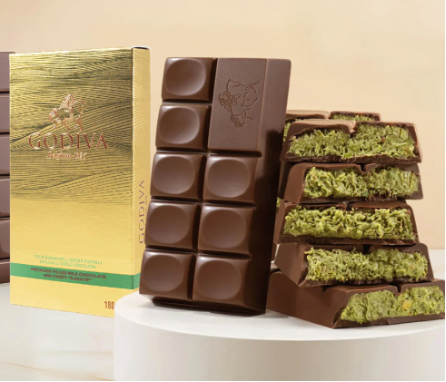Here today, gone tomorrow? Some reflections on ‘viral’ products
Associate Professor Lara Stocchi is a senior marketing scientist at the Ehrenberg-Bass Institute, the world’s largest centre for research into marketing. Here, she offers some reflections on ‘viral’ products and the likely impact on product categories.
“Dubai style chocolate” and “Labubu” are everywhere. Both products have recently surged in popularity, generating significant online buzz on Tiktok and other social media platforms, peaking global interest and Google search trends. But what do an acquired-taste sweet treat, and an odd-looking keyring have in common?
In both instances, it has been assumed that the staggering popularity of these products has led to growth in the product categories they belong to. Let’s take a quick look at some facts.
A new chocolate sensation
Dubai style chocolate has been associated with significant growth in the chocolate confectionery market, especially in the premium chocolate segment, with global brands rushing to launch their own version.


